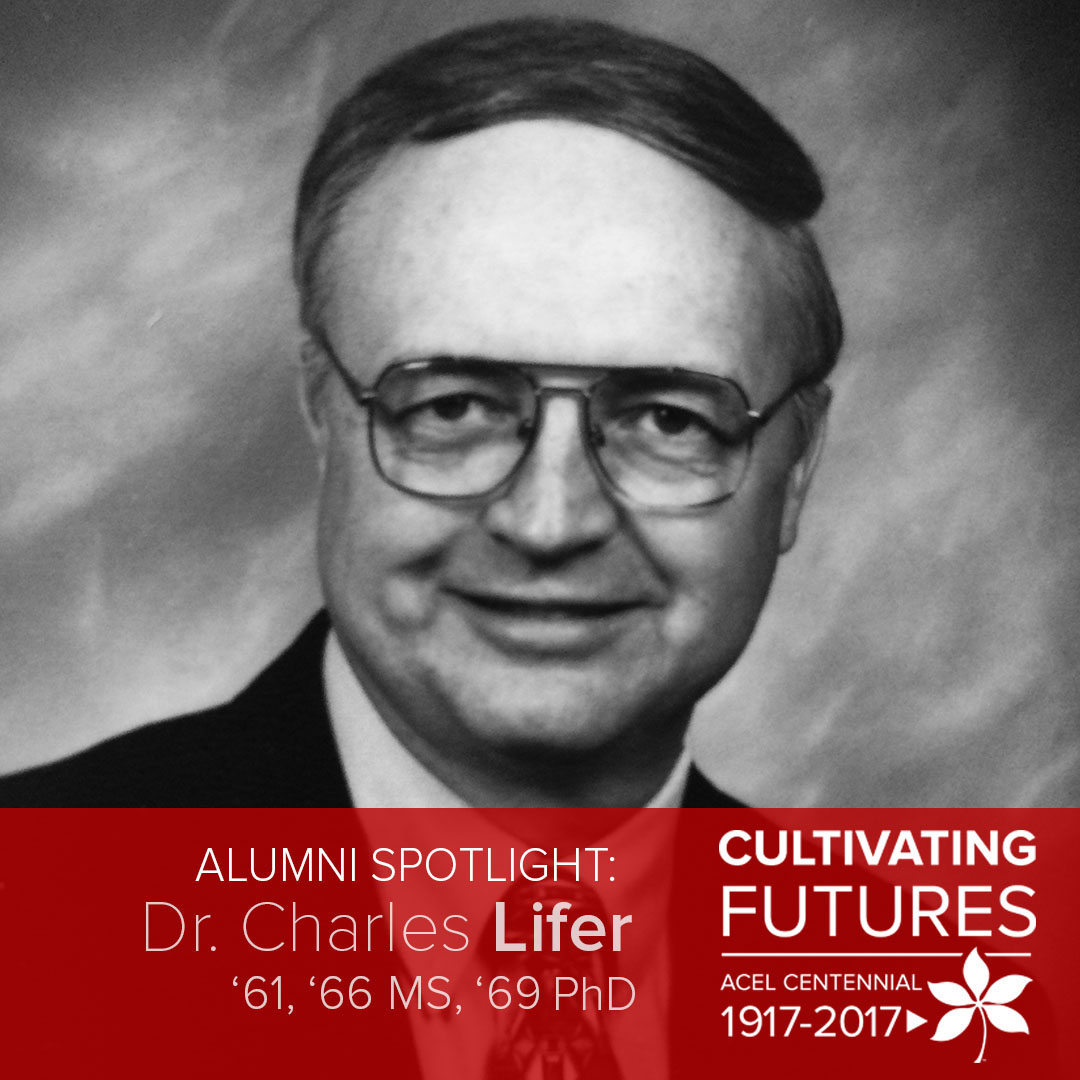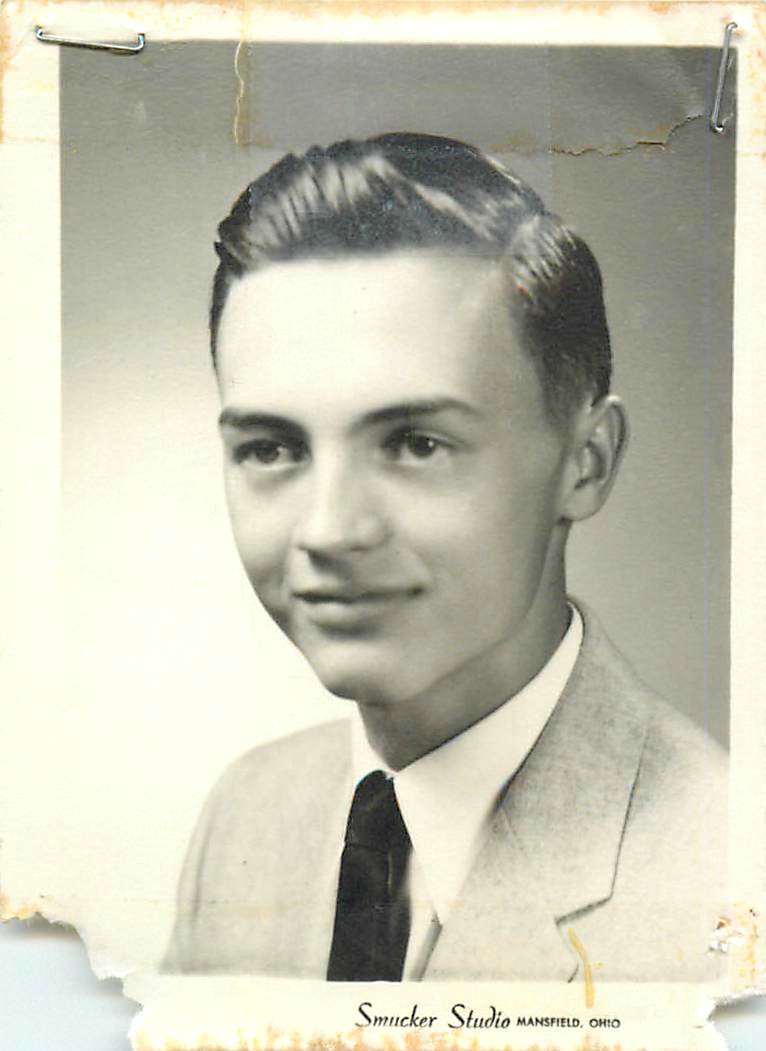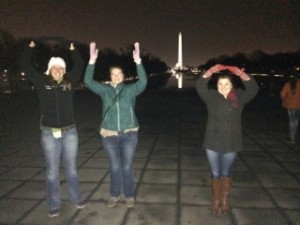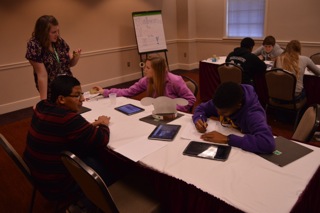
After completing a bachelor and masters degree from Tuskegee University in Alabama, Dr. Willie Larkin came to Ohio State to pursue a PhD in the late ’70’s. After more than 40 years in higher education, Dr. Larkin retired as president and CEO of Grambling State University. He now resides in Oregon, Wisconsin.
[ACEL]: Hello Dr. Larkin! You came to Ohio State for a doctoral degree in agricultural education. Share with us why you chose our program?
[Dr. Larkin]: I grew up on a sharecropper farm and agriculture was what I knew. Plus, my father expected me to attend college and return to help him and the family on the farm. When I was a graduate student at Tuskegee University in 1974, Dr. James L. Smith became my mentor and encouraged me to pursue a Ph.D. and he suggested The Ohio State University, since that’s where he had attended. It didn’t take much convincing to get me to come. Besides, they had a great football team and the legendary Woody Hayes was the coach.
How did your education at Ohio State influence your choice of career or your career path? My program was agricultural education, with a specialization in 4-H and Youth Development, and since I was a long-term 4-H and FFA member in high school, the choice was very easy for me. At the time, OSU and the State of Ohio was noted for having a strong Cooperative Extension and 4-H program, and of course, it was big! All my life I had lived in small towns, attended small schools, and for once in my life, I had an opportunity to be a part of something BIG. The Ohio State University provided me with an opportunity to expand my horizons. I was awarded the Graduate Student Leadership Award and served on the OSU Athletic Committee and was allowed to work closely with student-athletics. I also worked as an academic advisor for University Colleges and advised and mentored hundreds of academically gifted students.
What courses did you enjoy the most in the agricultural education doctoral program?
I loved leadership, communication, staff development and teacher education. The Teacher Education Class taught by Dr. L.H. Newcomb was my favorite class of all. He was a master teacher and gave me the worst tongue lashing I’ve ever had about my inability to write. As a result, I made it my life mission to write and speak well. The second-best class was the research series taught by Dr. Robert Warmbrod—he was hard, but a great professor.
You mentioned two faculty members by name as great professors. How did they stand out to you?
Dr. L. H. Newcomb had the greatest impact on me. There was a time after about three-years that I wanted to quit my program and go back to Georgia, but Dr. Newcomb called me in his office, asked me what was wrong and after I told him, he suggested that I take two weeks off, spend time with my family, go fishing or camping and then he ordered me to return to his office. I returned at the appointed time and he never remarked about my near breakdown, but instead, he set up a timeline with some definite deadlines and I finished my Ph.D. program right on time. No question about it, L. H. Newcomb saved my life and my career.
Did you get involved with any activities outside of the classroom?
I came to OSU as a married student, with a one year old son, so there was not much time for extracurricular activities. However, I loved sports and participated in intramural softball, basketball and track. Other than that, I was busy being a good husband and father.
Share a fond memory you have of your time at Ohio State.
Although I had played college baseball as an undergraduate at Tuskegee University, I learned that I still had eligibility as a football player. So, since we lived in Buckeye Village, right next to the Football Complex, I would go out every day just before football practice and beg Coach Woody Hayes to allow me to join the team as a walk-on. He would placate me by asking questions, like “How fast are you?” “How much weight can you lift?”, etc. One day during one of our conversations, I was sure that he had decided to let me walk onto the team, but then he said, “Naw, just get your lesson and become somebody.” Although my bubble was busted, I continued to stop by every day. I suppose I should thank Coach Hayes for looking out for me.
After completing your PhD at Ohio State, what was your first job?
I worked as a District 4-H Agent in Southwest, Ohio and supervised 19 County 4-H Agents, one of those was now Provost Bruce McPheron; he has become a superstar. Traveling throughout the district working with county agents, 4-H’ers, volunteers and business people who wanted to support kids was a blast and I loved every minute of it.
You’ve had a long career in higher education. Where all have you worked?
During a 44-year career, I have had the honor of working for six prestigious universities: The University of Georgia, The Ohio State University, Auburn University, The University of Wisconsin, Morgan State University and I served as the 9th President of Grambling State University in Louisiana.
With a career that long, you’ve had to be given a few honors. What are some that stand out to you?
I was the first African American to serve as chair of the Auburn University Faculty Senate. And, I served on the Auburn University Board of Trustees. I was also awarded the W.K. Kellogg National Fellowship Award, received $64,000 and allow to travel to six foreign countries and throughout the United States to study and write about leadership and diversity issues.
If it’s possible to reflect on all the accomplishments you’ve had throughout your career, what is something you consider a highlight.
My strength lies in cultivating and growing successful people—there have been many, but here is the story that I most often like to tell. When I was President at Grambling State University in Louisiana, I asked a young man by the name of Jeffrey Sims to be my driver, among other things. He drove me everywhere. During those many trips, we got to know each other and I learned that at one time, he was a student at Grambling, but life happened and he dropped out after 3 ½ years. He had accumulated some significant debt and just didn’t see himself going back and finishing. I was relentless in helping him envision and dreaming about the possibilities that lay ahead if he obtained a college degree. Eventually, his imagination caught on fire and as I was departing from Grambling, I made him promise me that he would return to school and finish. The carrot that I put in front of him was, if you graduate, I will come back to your graduation. Sure enough, this past May 2017, he walked across the stage and received his B.S. in Mass Communication. Aside from making sure my two kids were college educated, I have a long list of young people that I have shepherded across the stage.
What advice would you give to a current student?
I would say to any person, DREAM BIG! Have a great imagination and think about all of the possibilities in life. Travel and meet lots of people from other cultures and countries. Be respectful of human life and do no harm—only good. Everybody needs to volunteer and help those who are less fortunate than the rest of us. Respect your body, mind and soul and nurture all of them. Life is short, so grab every joyful moment you can.
We’re celebrating our centennial the impact the Department has had on students’ futures over the past 100 years. What did ACEL cultivate in you?
ACEL taught me how to think BIG locally and globally. At Ohio State, I learned about my capacity to make a difference in the world, how to lead and engage other people in meaningful programs, projects and initiatives. Although I was 25 when I arrived at Ohio State, ACEL taught me how to be a man! I came to the school with great potential and left imbued with the fuel and fire to get things done. Finally, when I left the university, I knew for a fact that one person could indeed make a difference in the world around them. One of the best experiences of my life.






















